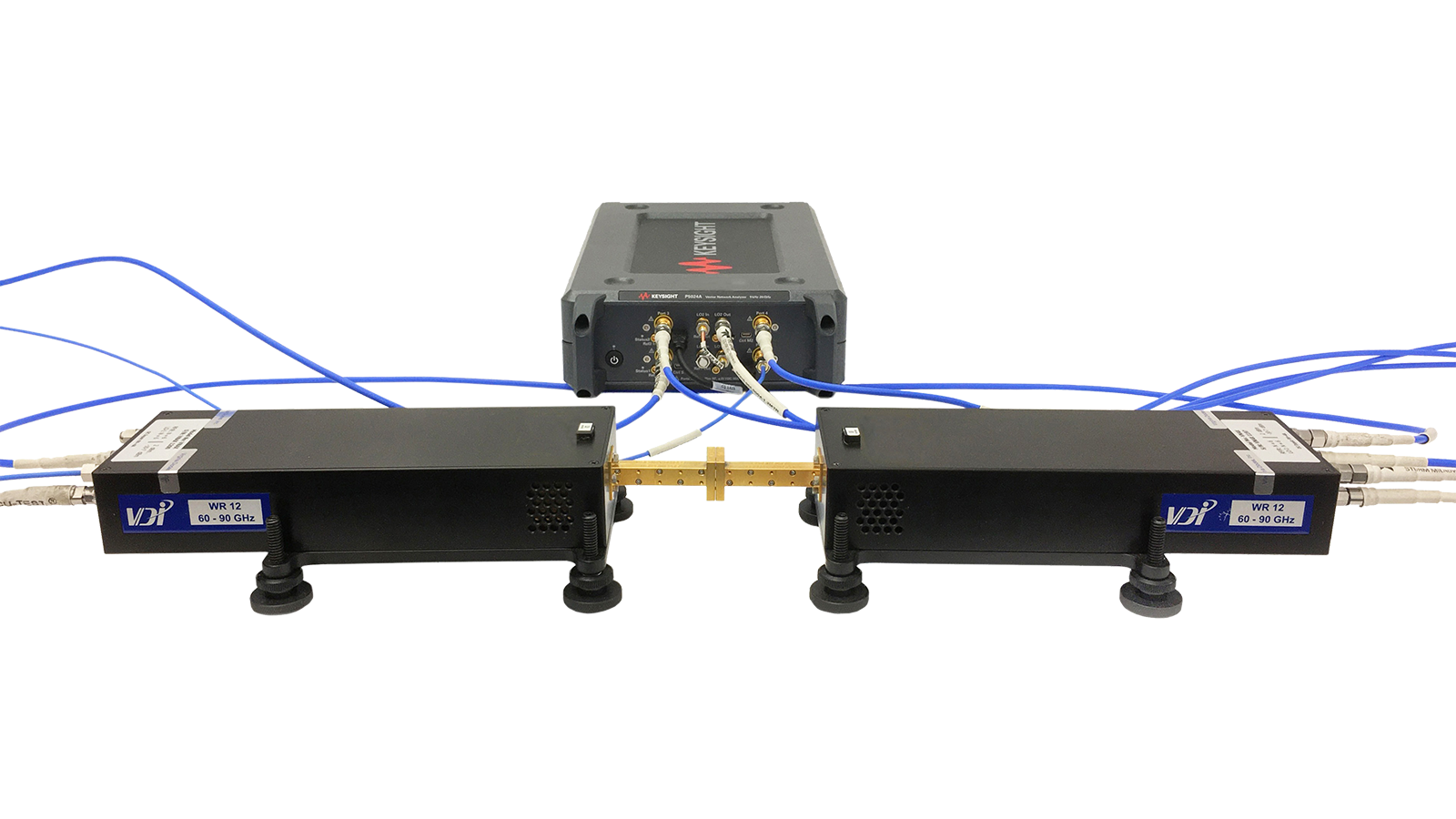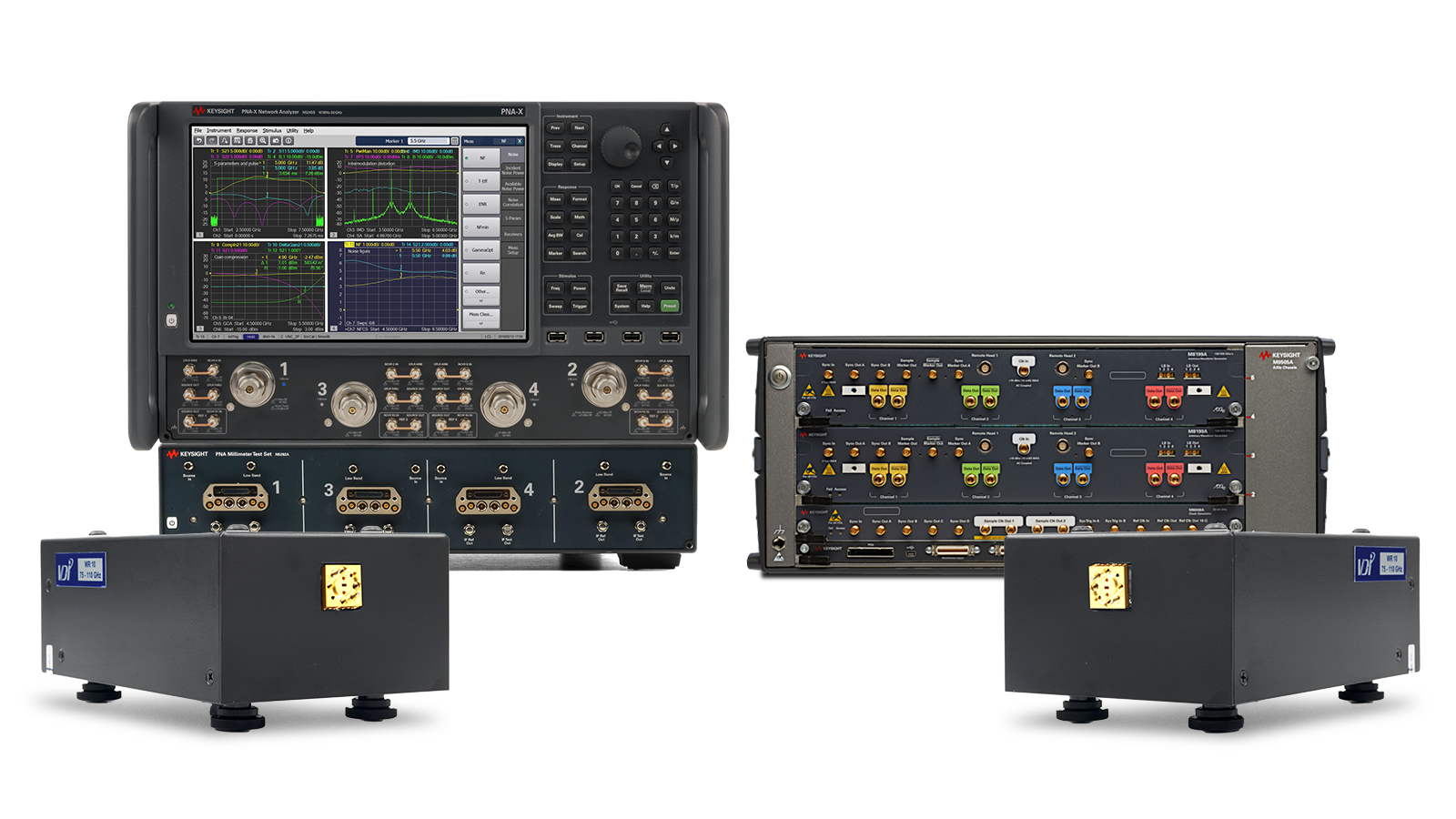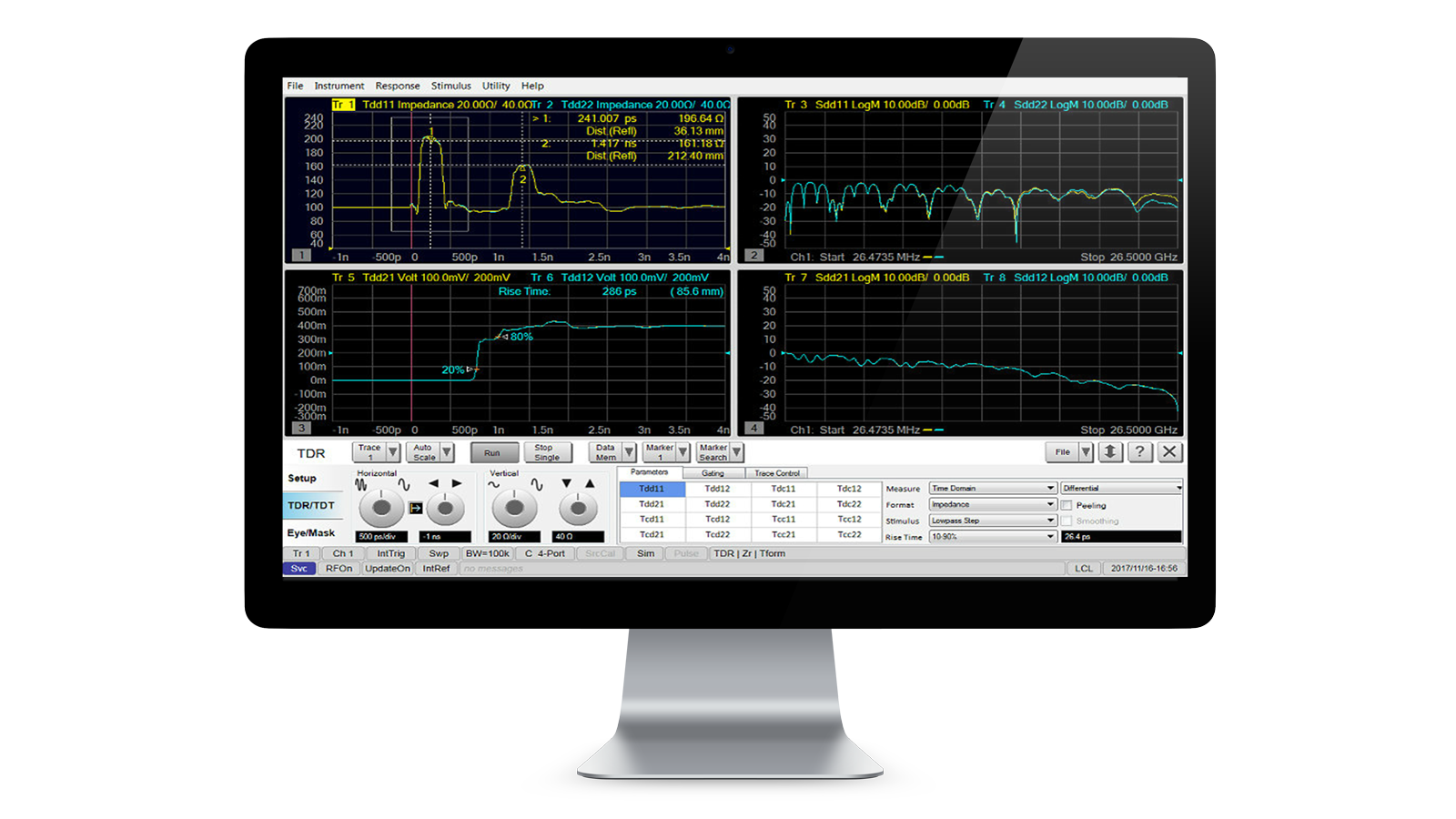What are you looking for?
Network Analyzers
Gain deeper confidence on the bench, in the rack, and in the field

Trusted by Over 70% of Engineering Teams Around the World
Whether you are testing active or passive components, the right mix of speed and performance gives you an edge. In research and development (R&D), Keysight vector network analyzers (VNA analyzers) provide a level of measurement integrity that helps you transform deeper understanding into better designs. On the production line, our cost-effective vector network analyzers provide the throughput and repeatability you need to transform parts into competitive components. Every Keysight vector network analyzer is the ultimate expression of our expertise in linear and nonlinear device characterization. On the bench, in a rack or in the field, we can help you gain deeper confidence with Keysight VNA analyzers.
Find the Right Network Analyzer
Explore the broadest portfolio of network analyzers on the market to find the performance you need.
Design and Test a Phased Array Antenna
Discover the fundamental principles behind phased array antenna design and testing, including measurement techniques and calibration. Learn how the Keysight phased array test solution integrates and synchronizes digital control of the PNA-X vector network analyzer, VXG-C vector signal generator, and a compact antenna test range (CATR) to deliver fast, fully automated measurements.
Get Multiple Measurements with a Single Connection
Request a Live Demo
- Start in < 2 days
- Self-serve? No
- Experience duration: 30 mins
Request a Free Trial
- Start immediately
- Self-serve? Yes
- Experience duration: 30 days
Related Use Cases
Extend Your Capabilities With The Right Tools
Technology is constantly changing. So too are the requirements engineers face. Get more functionality out of your existing hardware today by pairing it with the right accessories to improve productivity and the right Keysight PathWave design and test automation software to accelerate your product development.
Fundamental Principles of Vector Network Analysis
Component amplitude and phase behavior determines the electrical system's overall performance, including signal sensitivity and distortion. Discover the fundamental principles of vector network analysis in this application note. Learn about vector network analysis terminology and the common network parameters measured, including scattering parameters (S-parameters). Delve into RF fundamentals such as transmission lines, the Smith chart, and power transfer conditions, as well as network characterization.
KeysightAccess
Reduce budget challenges with KeysightAccess subscription service.
Network Analyzer Featured Resources
Frequently Asked Questions About Network Analyzer
Want help or have questions?

















.png)







